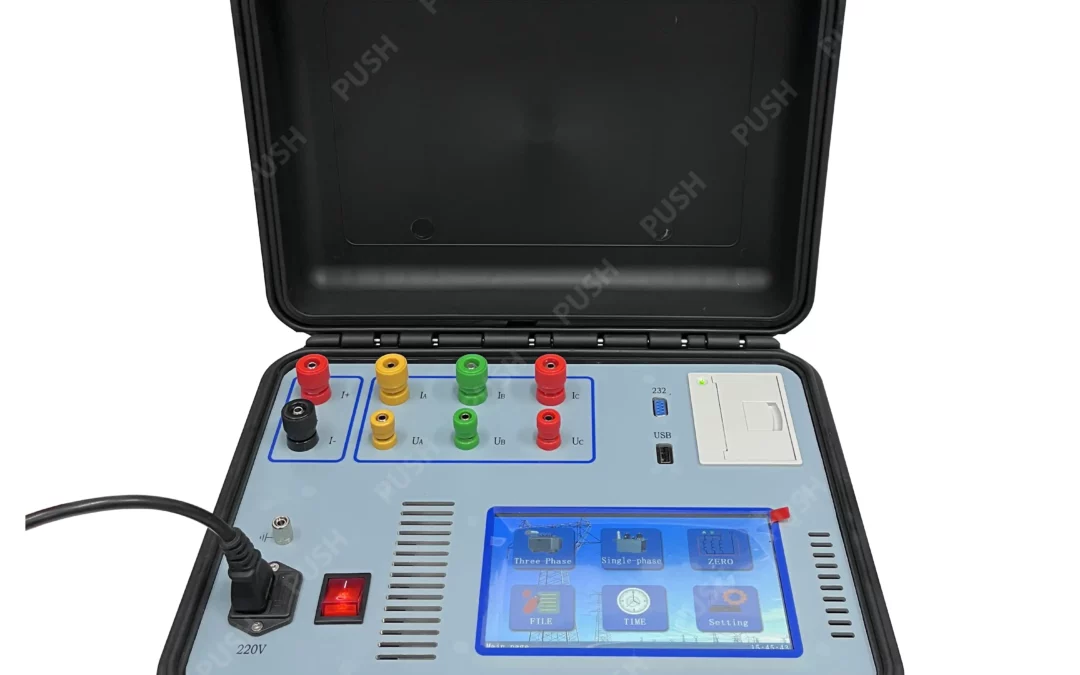
3-Phase Turn Ratio Tester Revolutionizing Transformer Testing: The Precision of PUSH
In the meticulous domain of electrical diagnostics, the quest for precision and efficiency is ceaseless. The Three-Phase Transformation Turn Ratio Tester emerges as a pivotal instrument, transforming the landscape of transformer assessment. Developed by PUSH Electric, a pioneer in innovative testing technologies, this turn ratio meter promises to expedite and refine measurement accuracy, thereby safeguarding transformer efficacy. Pioneering...
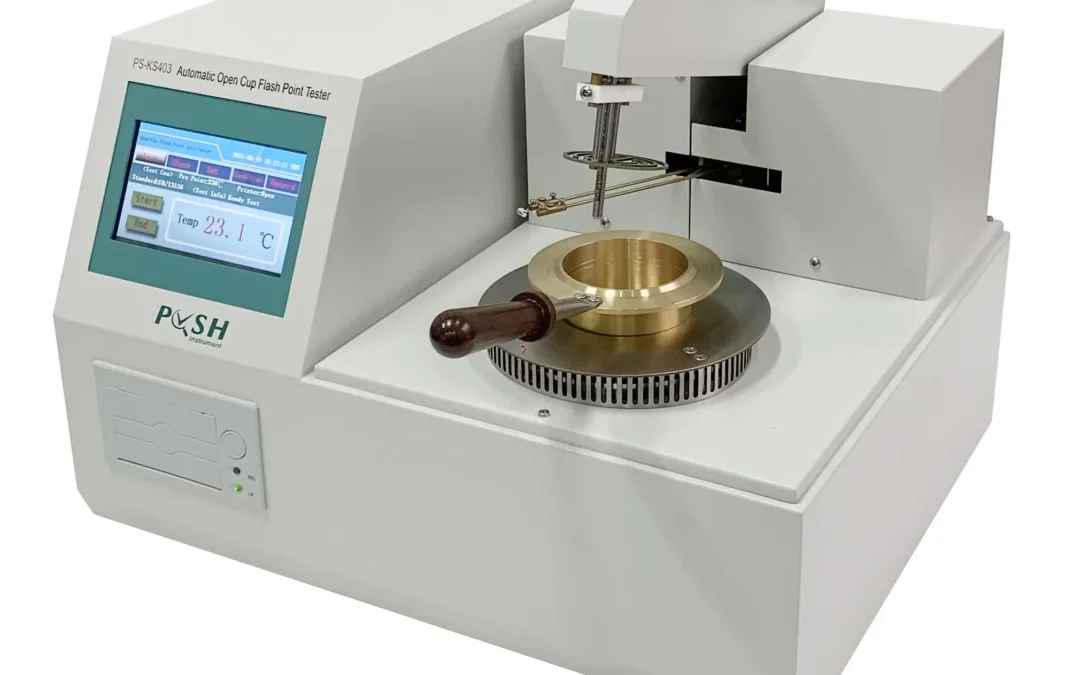
Enhancing Safety and Quality with Flash Fire Point Testers: A Guide to Open Cup Flash Point Testers and Their Prices
In industries where flammable liquids are handled, safety is of utmost importance. Understanding the flash fire point of these substances is crucial to prevent workplace accidents and ensure product quality. Flash fire point testers play a vital role in determining the lowest temperature at which a liquid gives off enough vapor to ignite momentarily. In this article, we will explore the significance of flash fire point testers, specifically...
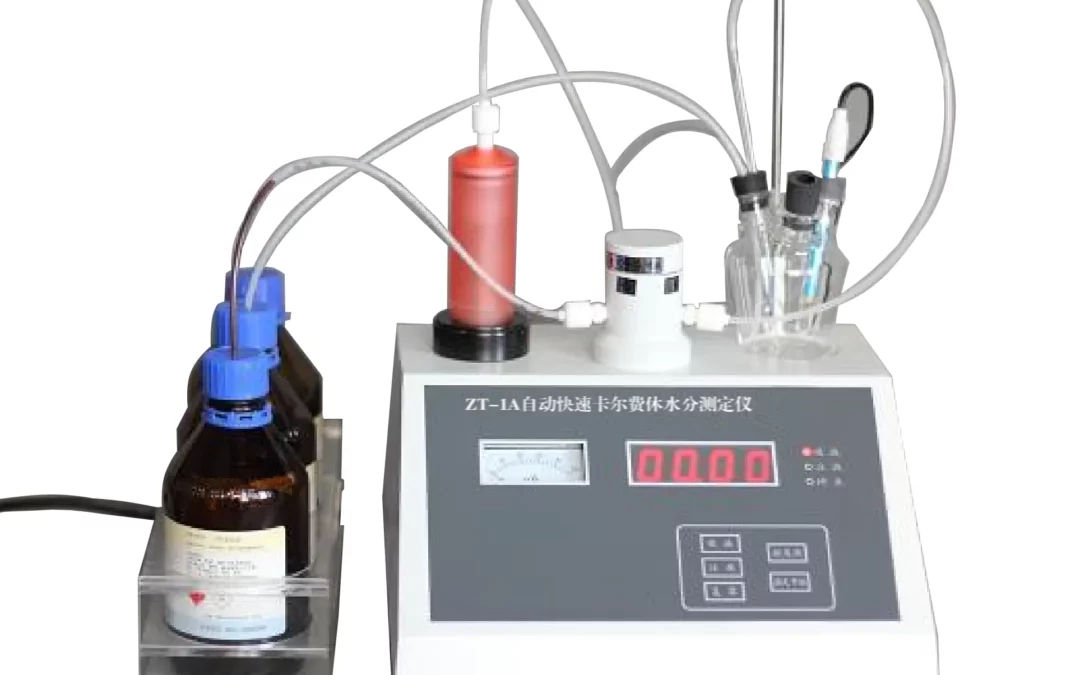
Unlocking Accuracy and Efficiency with Karl Fischer Titrators and Coulometric Karl Fischer Methods
In the world of laboratory analysis, precision and efficiency are paramount. When it comes to measuring moisture content in various substances, such as oils and other liquids, the Karl Fischer titration method has long been relied upon. This technique allows for accurate and reliable results, ensuring the quality and safety of products across industries. In recent years, the coulometric Karl Fischer method has emerged as a powerful alternative,...
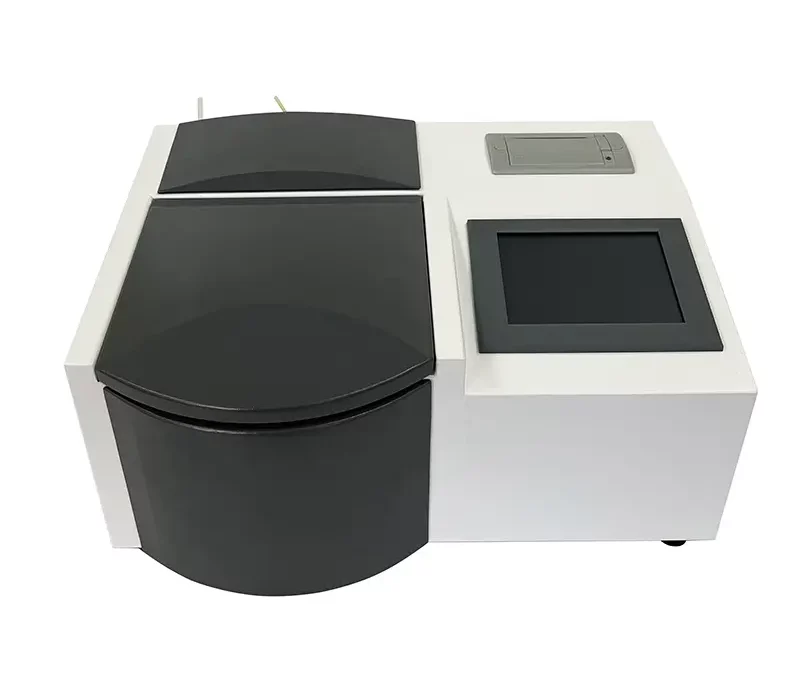
The Essence of Acid Value: A Comprehensive Guide to Acid Value Testers
Acid value testers, also known as oil acidity meters or oleic acid testers, play a vital role in ensuring the quality and integrity of oils, fats, and petroleum products across diverse industries. By accurately measuring the Acid Value, these instruments enable timely detection of degradation, contamination, or adulteration, facilitating informed decision-making and maintaining product integrity. As industries continue to prioritize quality...
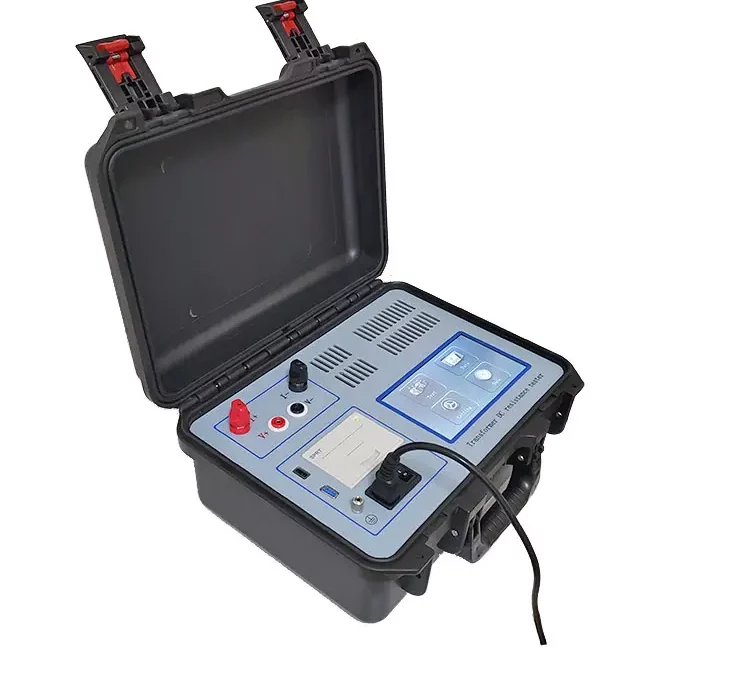
Loop Resistance Tester VS. Contact Resistance Tester: Understanding The Differences
In the field of electrical testing, two commonly used devices are the loop resistance tester and the contact resistance tester. While both are used to measure resistance, they serve different purposes and have distinct features. In this blog post, we will explore the differences between these two testers and their applications in the wind energy industry. What is a Loop Resistance Tester? A loop resistance tester with resist meter wind, also...
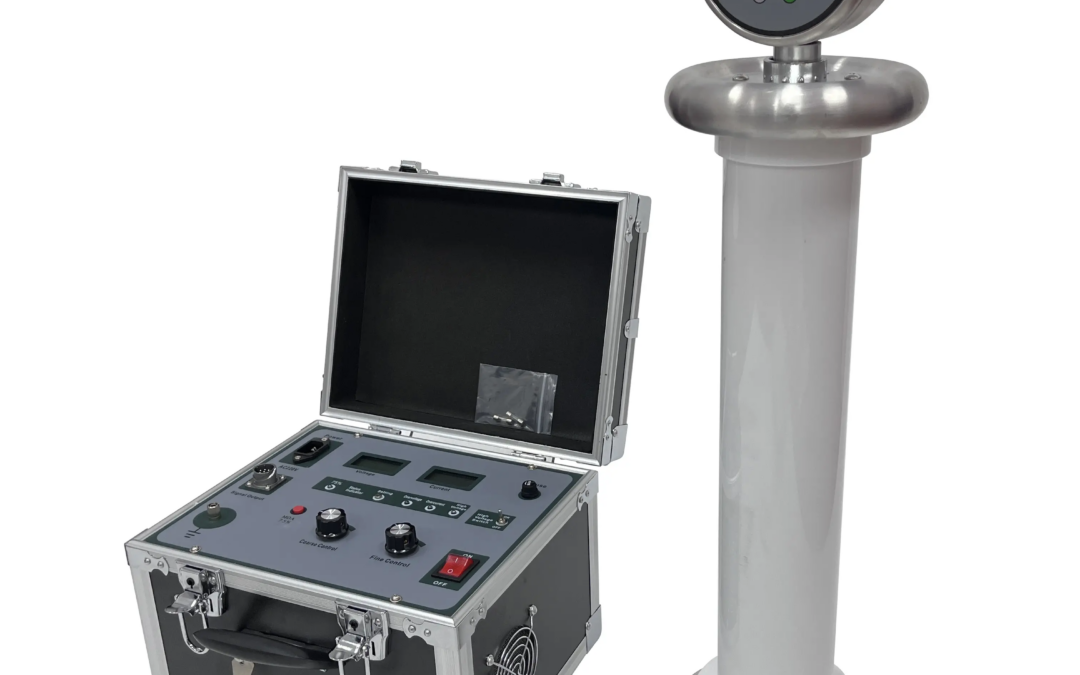
VLF AC Hipot Testers: Ensuring Electrical Safety and Reliability
VLF AC hipot testers are essential tools for ensuring the safety and reliability of electrical equipment and cables. Their ability to perform comprehensive testing at very low frequencies provides accurate insulation resistance measurements, enhanced insulation stress, and partial discharge detection. Understanding VLF AC Hipot Testers VLF AC hipot testers are specialized electrical testing instruments used to apply high-voltage alternating...
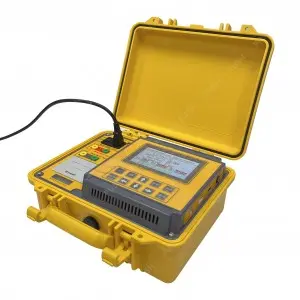
Turn Ratio Tester: Ensuring Accuracy and Reliability in Transformer Testing
Understanding Turn Ratio Testers Turn ratio testers are precision instruments used to measure the ratio of the number of turns in the primary winding to the number of turns in the secondary winding of a transformer. This ratio is critical in determining the transformer's voltage transformation capabilities and ensuring its proper operation. Types of Turn Ratio Testers There are two main types of turn ratio testers: Analog Turn Ratio Testers:...
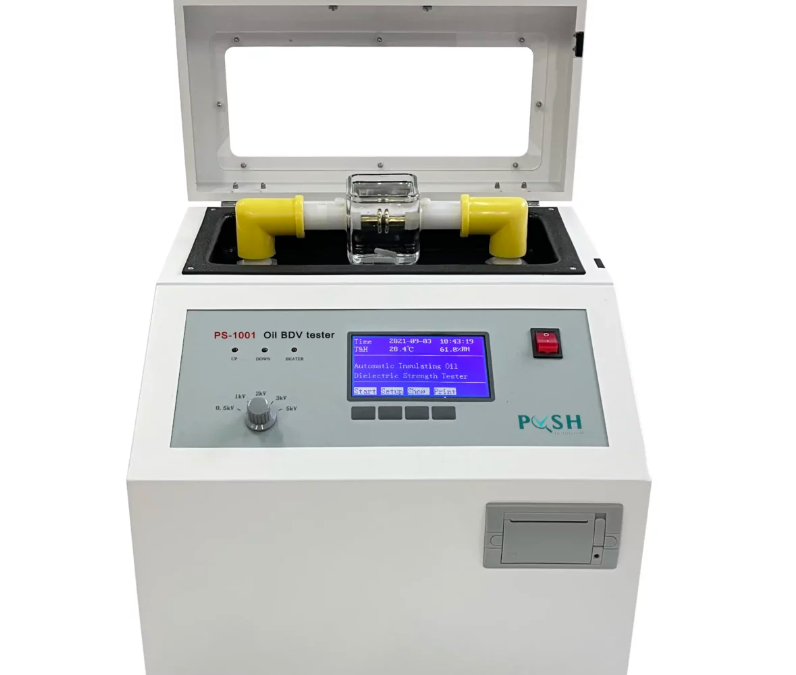
How Oil Bdv Test Machines With Testing Kits To Realize Oil Transformer?
Electric transformers play a central role in power distribution as high-voltage lines step down current for consumer and industrial use. Within these crucial devices, specialized transformer oils insulate and cool the windings to enable safe operations over decades. Verifying oils maintain high dielectric strength grows increasingly essential as grids expand capacity - a role admirably filled by oil BDV test kit machines. ...
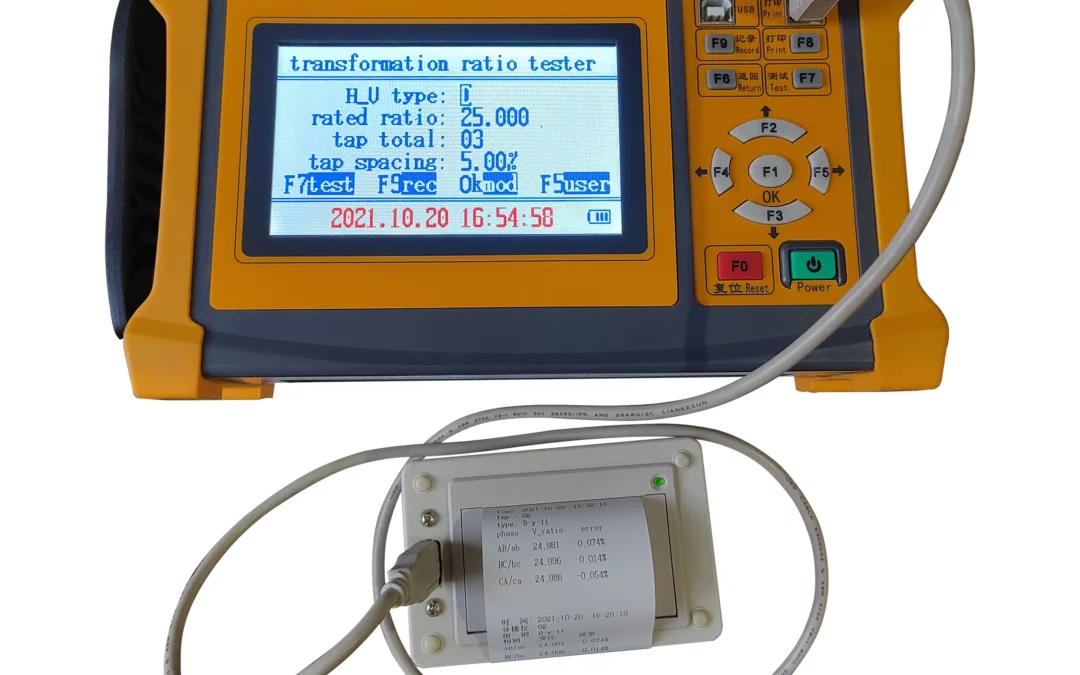
TTR Testers – Transformer Testing With Turn Ratio Testers In Assessing The Integrity Of Transformers
Turn ratio testers, or TTR testers, are invaluable tools for transformer testing, maintenance, and quality control. With their ability to accurately measure turns ratio, phase displacement, and excitation current, these testers provide critical insights into transformer performance. By utilizing transformer turn ratio testers, professionals can optimize their testing processes, detect faults at an early stage, and ensure the reliable operation...
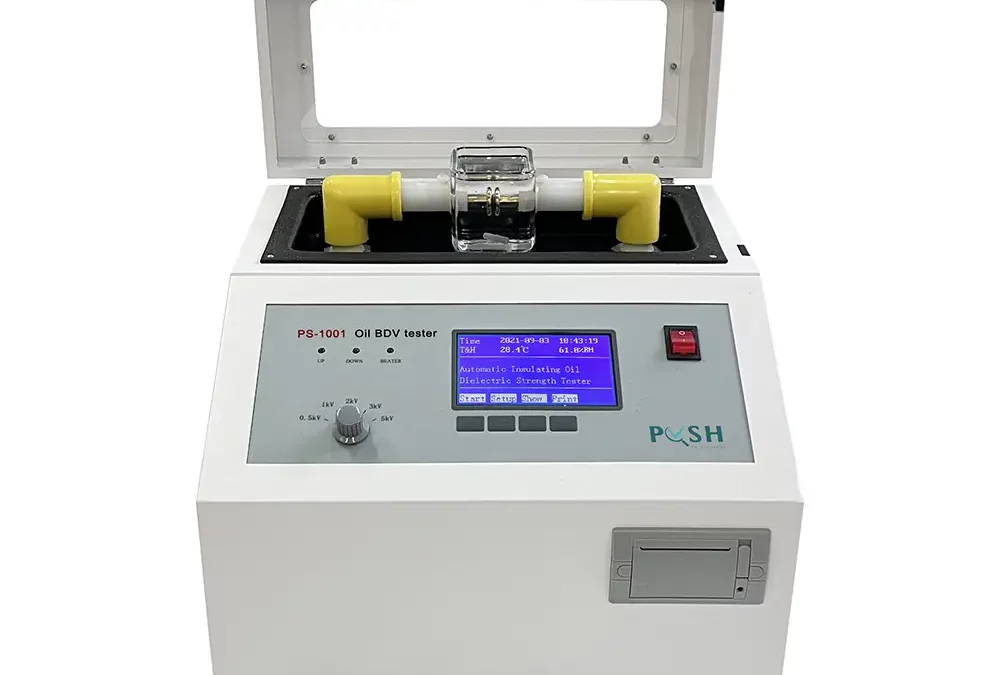
Guide To Dielectric Strength With BDV Testing Kits In Industrial Electrical Systems
In industrial electrical systems, even minor defects in insulation can lead to catastrophic failures. Regular breakdown voltage (BDV) testing helps detect weaknesses before they cause costly outages or safety issues. BDV test kits provide a simple, portable method for routinely assessing the dielectric strength of oil-filled transformers, cables, switchgear, bushings and other live components. BDV, also known as dielectric withstand voltage,...